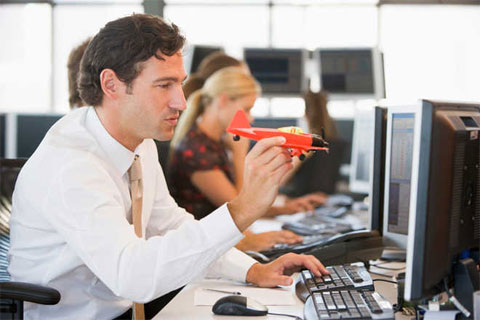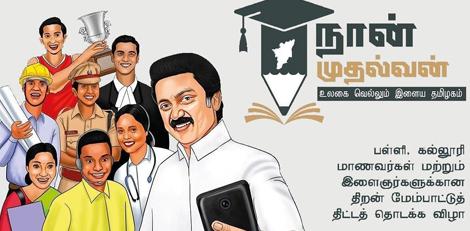Fidgeting while sitting may prevent cardio vascular disease, says study
Posted on: 09/Aug/2016 10:06:14 AM

A new study has said that fidgeting while sitting can protect the arteries in legs and may help prevent cardiovascular disease. The study was conducted by researchers at the University of Missouri in the US. The findings were published in the American Journal of Physiology Heart and Circulatory Physiology.
Speaking about the research, the scientists said, Many of us sit for hours at a time, whether it is binge watching our favourite TV show or working at a computer. We wanted to know whether a small amount of leg fidgeting could prevent a decline in leg vascular function caused by prolonged sitting.
The researchers found that fidgeting while sitting would be sufficient to prevent a decline in arterial function. They compared the leg vascular function of 11 healthy young men and women before and after three hours of sitting. While sitting, participants were asked to fidget one leg intermittently, tapping one foot for one minute and then resting it for four minutes, while the other leg remained still throughout.
On average, the participants moved their feet 250 times per minute. Researchers then measured the blood flow of the popliteal - an artery in the lower leg - and found that the fidgeting leg had a significant increase in blood flow, as expected, while the stationary leg experienced a reduction in blood flow.
Previous research has shown that increased blood flow and its associated shear stress - the friction of the flowing blood on the artery wall - is an important stimulus for vascular health. However, fidgeting`s protective role had not been established.
While only one leg was exposed to fidgeting during the experiment, in a real-world scenario researchers recommend tapping both legs to maximise the beneficial effects.
Say the researchers, Fidgeting is not a substitute for walking and exercise, which produce more overall cardiovascular benefits. You should attempt to break up sitting time as much as possible by standing or walking. But if you are stuck in a situation in which walking just is not an option, fidgeting can be a good alternative. Any movement is better than no movement.







